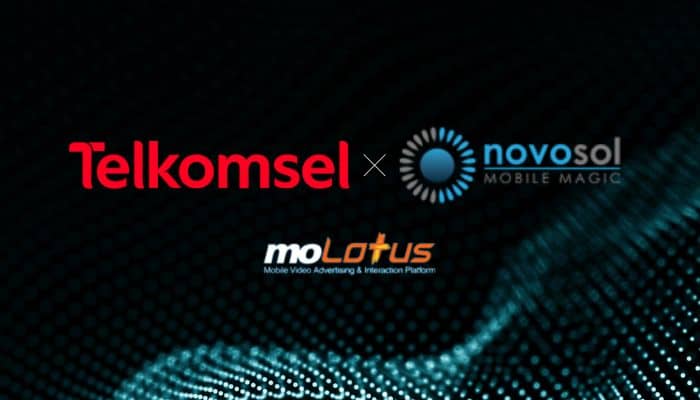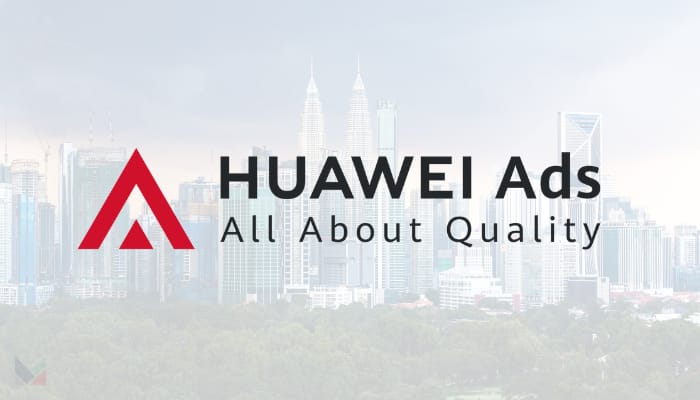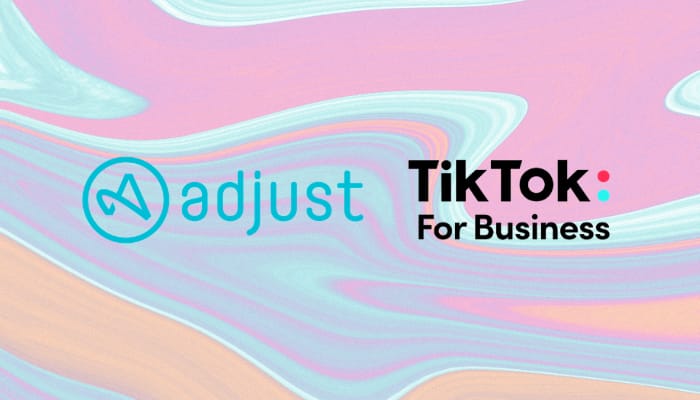Indonesia — Indonesian telecom provider Telkomsel has signed a mobile video advertising agreement with Novosol, a global mobile advertising platform, aiming to expand mobile ad revenue in Indonesia’s $20b advertising market.
The agreement is projected to generate $300m within three years, providing brands, advertisers, agencies, and resellers with access to over 270 million mobile users in Indonesia, including 170 million Telkomsel subscribers. It is also expected to strengthen Telkomsel’s position in the market, where it holds a 59% share by revenue.
Through this partnership, Telkomsel will benefit from Novosol’s ‘moLotus,’ a GSM-based platform that delivers 40-second video ads to mobile inboxes without requiring apps or data, supporting Android, iPhones, and feature phones.
Novosol is enhancing moLotus with AI-driven capabilities, including automated ad creation, campaign optimisation, and data-driven insights.
The platform offers scalability, personalisation, automation, and integration to support diverse advertising needs. Its online portal provides advertisers and agencies with business and operational tools.
With various interaction options, charging models, and ad formats like HQ Video and Slideshow, moLotus enables targeted campaigns to enhance visibility, engagement, and conversions. It also helps brands streamline processes, reducing telemarketing, training, and distribution costs. Advertisers benefit from AI-driven marketing and improved ROI, while agencies and resellers gain new revenue opportunities and better margins.
moLotus is expanding its presence in Indonesia’s growing ad market, leveraging its telco partnerships and high-margin potential. Already adopted by brands and telecom providers across Asia—including Malaysia, Singapore, Indonesia, India, and Vietnam—it is also exploring opportunities in the US.
The platform is used across various industries, including banking, insurance, automotive, consumer goods, e-commerce, retail, and government, supporting businesses in enhancing customer engagement and revenue growth.
With the Telkomsel partnership, Novosol strengthens its presence in Asia and continues its expansion into Western markets. With the global mobile advertising market expected to surpass US$1t by 2032 (Statista, Fortune BI), moLotus aims to capture a share of this growth.










